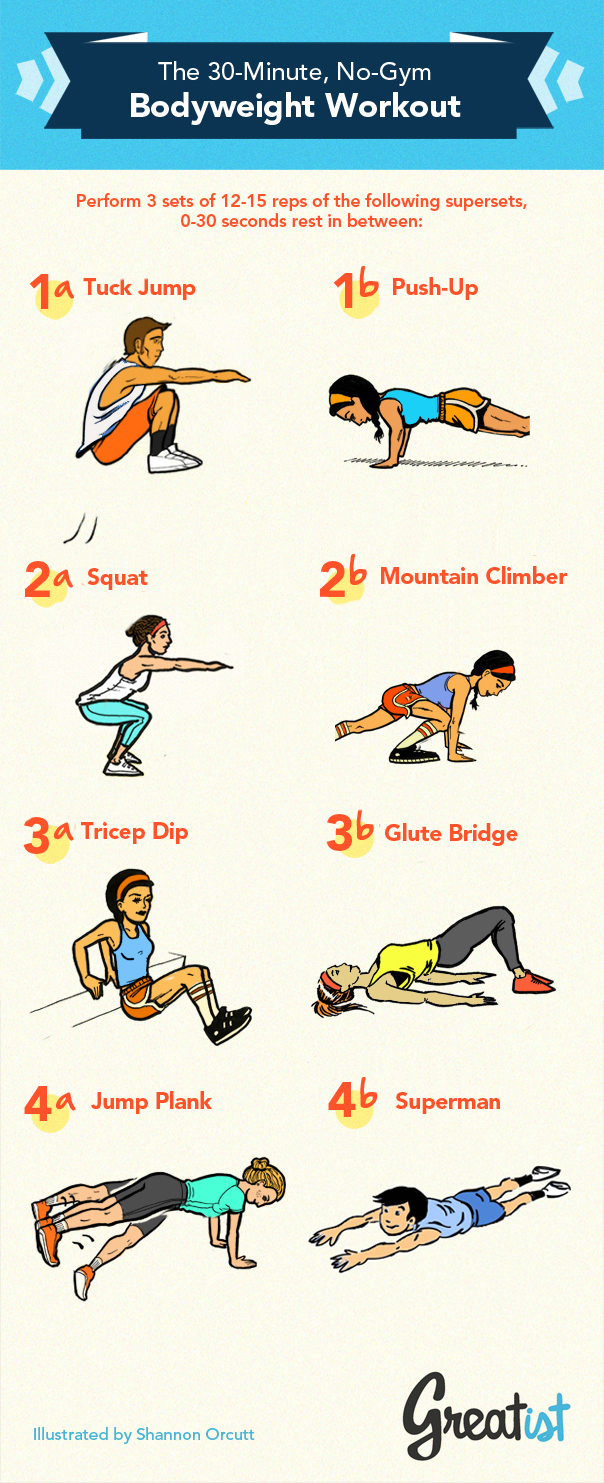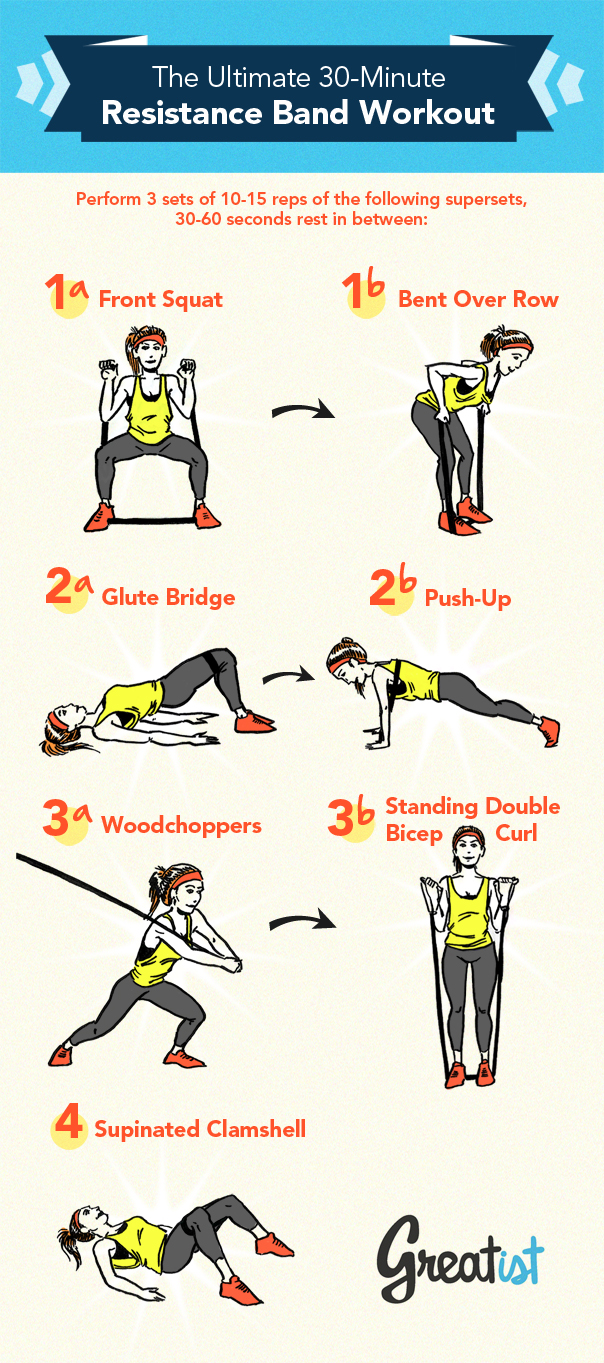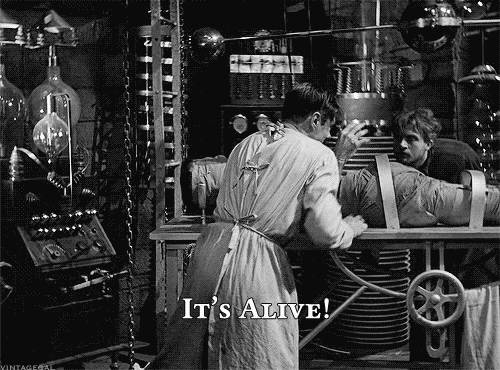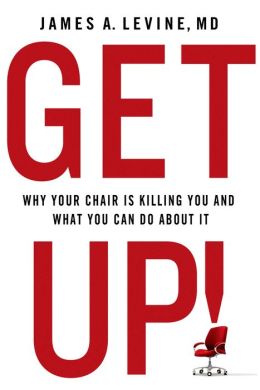 -- Get weight down to 245/Body fat <20% B-
-- Get weight down to 245/Body fat <20% B-47 pounds lost. 22 short of my goal with body fat percentage hovering at 25%. Most of my failing here is due to abuse of food. Rolling this one over to 2015
-- Read/Write 60 min/day: C+
I did well for a while, even won a prize for a short story, but both activities tapered dramatically when I turned my attention to Frankenstein. I'm not going to lie to you: it was worth the sacrifice. But I'm blocking that hour a day off of my calendar again, starting, well, about 20 minutes ago, actually.
-- Exercise 60 min/day: B+
Teaching has helped a lot here, and I have to say I feel more fit than ever, but certain data suggests I need to be more intentional about getting my own workouts in. (see goal #1 above)
-- Personal Contact with another human every day. A
Of all my #reboot2014 goals, this was the one I was most faithful about, and it has returned great dividends in new and renewed friendships. I'm officially declaring this one an established rule for life. Never let a day pass without looking someone in the eye, and trying to see them, and allowing yourself to be seen.
-- Pray for the people I love every day. A-
No, not every day, but the days I skipped were pretty rare. I found this to be an especially healthy way to start my mornings, even before getting out of bed, I call to mind my friends and family, particularly those who are sick or sad or in trouble. I whisper their name. I hold them in my heart. I think of it as pestering God. I figure if I nag him enough, he'll help them just to get me to shut up. It also serves as a meaningful reminder that my life is not all about me. This one has also graduated from good intention to habit. I think I'll keep it.
Tomorrow, I'll share a few that I'm adding for 2015. Till then, Happy New Year, y'all!
Peace,
Bob
































